Read more
1. Apple iPhone 15 Pro Max
Display: 6.7-inch Super Retina XDR, 120Hz ProMotion
Processor: Apple A17 Bionic
RAM: 8GB
ROM: 128GB/256GB/512GB/1TB
Camera: Triple 12MP (Wide, Ultra Wide, Telephoto), LiDAR Scanner
Battery: 4352mAh
Price: ₹1,59,999 (India), $1,299 (USA)
History
The iPhone series, since its inception in 2007, has revolutionized the smartphone industry, setting high standards for design and performance.
Hardware
Renowned for its premium build quality, the iPhone 15 Pro Max features aerospace-grade aluminum and ceramic shield front cover.
Software
iOS 17 brings new features like enhanced widgets, improved privacy settings, and the all-new Vision Pro compatibility.
Criticism and Issues
While it is a powerhouse, some users find it overpriced, and the lack of a fingerprint scanner remains a point of contention.
Lifespan
Apple provides excellent software support, typically offering updates for up to 5 years, ensuring longevity.
2. Samsung Galaxy S24 Ultra
Display: 6.8-inch Dynamic AMOLED 2X, 120Hz
Processor: Exynos 2300 / Snapdragon 8 Gen 3
RAM: 12GB/16GB
ROM: 256GB/512GB/1TB
Camera: Quad 108MP (Wide), 12MP (Periscope Telephoto), 12MP (Telephoto), 12MP (Ultra Wide)
Battery: 5000mAh
Price: ₹1,29,999 (India), $1,199 (USA)
History
Samsung's Galaxy S series has been a flagship line since 2010, pushing the envelope in display technology and camera innovation.
Hardware
The S24 Ultra boasts a sleek design with Gorilla Glass Victus+ and an aluminum frame.
Software
One UI 6.0, based on Android 14, offers a seamless user experience with numerous customization options.
Criticism and Issues
Despite its high-end specs, the Exynos variant occasionally underperforms compared to the Snapdragon counterpart.
Lifespan
Samsung ensures at least 4 years of software updates, making it a reliable long-term investment.
3. Google Pixel 8 Pro
Display: 6.7-inch LTPO OLED, 120Hz
Processor: Google Tensor G3
RAM: 12GB
ROM: 128GB/256GB/512GB
Camera: Triple 50MP (Wide), 12MP (Ultra Wide), 48MP (Telephoto)
Battery: 4800mAh
Price: ₹89,999 (India), $999 (USA)
History
The Pixel line, known for its exceptional camera quality and AI capabilities, has been Google's flagship since 2016.
Hardware
The Pixel 8 Pro features a refined glass and aluminum design, with IP68 water and dust resistance.
Software
Stock Android 14 ensures a bloat-free, smooth experience with exclusive features like Magic Eraser and Real Tone.
Criticism and Issues
Battery life is a common issue among Pixel users, often falling short compared to competitors.
Lifespan
Google guarantees 5 years of security updates, promising long-term usability.
4. OnePlus 12 Pro
Display: 6.7-inch Fluid AMOLED, 120Hz
Processor: Snapdragon 8 Gen 3
RAM: 12GB/16GB
ROM: 256GB/512GB
Camera: Triple 50MP (Wide), 48MP (Ultra Wide), 32MP (Telephoto)
Battery: 5000mAh
Price: ₹74,999 (India), $949 (USA)
History
OnePlus, since its launch in 2014, has focused on delivering flagship specs at a more accessible price point.
Hardware
The OnePlus 12 Pro combines a sleek design with robust materials, ensuring durability and a premium feel.
Software
OxygenOS 14, based on Android 14, offers a clean, fast, and customizable user interface.
Criticism and Issues
Occasional software bugs and camera performance inconsistencies can detract from the overall experience.
Lifespan
OnePlus provides 3 years of major updates and 4 years of security patches.
5. Xiaomi Mi 14 Ultra
Display: 6.81-inch AMOLED, 120Hz
Processor: Snapdragon 8 Gen 3
RAM: 12GB/16GB
ROM: 256GB/512GB/1TB
Camera: Quad 108MP (Wide), 48MP (Ultra Wide), 48MP (Periscope Telephoto), 20MP (Macro)
Battery: 5200mAh
Price: ₹69,999 (India), $899 (USA)
History
Xiaomi has been at the forefront of delivering high-quality smartphones at competitive prices since its first release in 2011.
Hardware
The Mi 14 Ultra features a ceramic back and aluminum frame, providing a premium look and feel.
Software
MIUI 15, based on Android 14, offers a highly customizable and feature-rich experience.
Criticism and Issues
MIUI's heavy customization can sometimes lead to performance issues and bloatware concerns.
Lifespan
Xiaomi commits to 3 years of major updates and 4 years of security updates.
6. Sony Xperia 1 VI
Display: 6.5-inch OLED, 120Hz, 4K resolution
Processor: Snapdragon 8 Gen 3
RAM: 12GB
ROM: 256GB/512GB
Camera: Triple 12MP (Wide, Ultra Wide, Telephoto)
Battery: 4500mAh
Price: ₹99,999 (India), $1,099 (USA)
History
Sony's Xperia line has been synonymous with multimedia excellence, particularly in display and audio technology, since 2008.
Hardware
The Xperia 1 VI is built with Corning Gorilla Glass Victus and an aluminum frame, ensuring robustness.
Software
Running on Android 14, it features a near-stock experience with exclusive Sony enhancements for media consumption.
Criticism and Issues
The battery life and pricing have been consistent issues, making it less appealing to budget-conscious consumers.
Lifespan
Sony supports its devices with 2-3 years of software updates.
7. Huawei P60 Pro
Display: 6.6-inch OLED, 120Hz
Processor: Kirin 9000S
RAM: 12GB
ROM: 256GB/512GB
Camera: Triple 50MP (Wide), 12MP (Ultra Wide), 48MP (Periscope Telephoto)
Battery: 5000mAh
Price: ₹84,999 (India), $999 (USA)
History
Huawei, despite facing challenges in the international market, has continued to innovate with its P series, known for camera prowess.
Hardware
The P60 Pro features a ceramic back and a titanium frame, highlighting Huawei's focus on premium materials.
Software
EMUI 14, based on HarmonyOS, provides a smooth and integrated experience, though it lacks Google services.
Criticism and Issues
The absence of Google Mobile Services limits app availability and functionality for global users.
Lifespan
Huawei promises 4 years of security updates, although major updates are less predictable.
8. Oppo Find X6 Pro
Display: 6.7-inch AMOLED, 120Hz
Processor: Snapdragon 8 Gen 3
RAM: 12GB/16GB
ROM: 256GB/512GB
Camera: Triple 50MP (Wide, Ultra Wide, Telephoto)
Battery: 4800mAh
Price: ₹74,999 (India), $949 (USA)
History
Oppo's Find series, known for pushing the boundaries of design and technology, has gained a solid reputation since its inception in 2011.
Hardware
The Find X6 Pro features a glass back and aluminum frame, emphasizing a balance between aesthetics and durability.
Software
ColorOS 14, based on Android 14, offers a vibrant and customizable user experience.
Criticism and Issues
Some users report bloatware and occasional software glitches that affect the overall experience.
Lifespan
Oppo ensures 3 years of major updates and 4 years of security patches.
9. Vivo X90 Pro+
Display: 6.78-inch AMOLED, 120Hz
Processor: Snapdragon 8 Gen 3
RAM: 12GB/16GB
ROM: 256GB/512GB
Camera: Quad 50MP (Wide), 48MP (Ultra Wide), 12MP (Portrait), 8MP (Periscope Telephoto)
Battery: 4700mAh
Price: ₹69,999 (India), $899 (USA)
History
Vivo has carved a niche for itself with innovative camera technology and sleek designs since its global expansion in 2014.
Hardware
The X90 Pro+ combines glass and metal in its construction, offering a premium and sturdy feel.
Software
Funtouch OS 14, based on Android 14, provides a fluid and feature-rich user experience.
Criticism and Issues
The heavily customized OS can sometimes lead to performance hiccups and bloatware concerns.
Lifespan
Vivo promises 3 years of major updates and 4 years of security updates.
10. Asus ROG Phone 7 Ultimate
Display: 6.78-inch AMOLED, 165Hz
Processor: Snapdragon 8 Gen 3
RAM: 16GB
ROM: 512GB/1TB
Camera: Triple 64MP (Wide), 13MP (Ultra Wide), 5MP (Macro)
Battery: 6000mAh
Price: ₹79,999 (India), $999 (USA)
History
Asus's ROG Phone series has been the pinnacle of mobile gaming since its debut in 2018, offering unparalleled performance.
Hardware
The ROG Phone 7 Ultimate features an aggressive, gamer-centric design with advanced cooling systems for sustained performance.
Software
ROG UI, based on Android 14, is optimized for gaming with features like X Mode for enhanced performance.
Criticism and Issues
Its bulkier design and gaming-focused features may not appeal to general smartphone users.
Lifespan
Asus commits to 2 years of major updates and 3 years of security updates, focusing on maintaining performance and compatibility.
List of Current Smartphone Brands
- Apple
- Samsung
- OnePlus
- Xiaomi
- Sony
- Huawei
- Oppo
- Vivo
- Asus
Sales and Use
Smartphone sales have seen a shift towards premium models, with consumers increasingly looking for devices that offer cutting-edge technology and long-term value. Brands like Apple and Samsung continue to dominate, while Chinese manufacturers like Xiaomi, Oppo, and Vivo are gaining substantial market share globally.
Replacement of Dedicated Digital Cameras
Modern smartphones, with their advanced camera systems, have significantly reduced the need for dedicated digital cameras for everyday photography. Features like computational photography, multi-lens setups, and AI enhancements enable smartphones to produce professional-quality images, making them the go-to device for most users.
Lifespan
The lifespan of smartphones varies by brand and usage. Flagship models from top manufacturers typically receive software updates for 3-5 years, ensuring security and functionality. However, battery health, physical wear, and the pace of technological advancements often lead consumers to upgrade within 2-3 years.
By focusing on these top smartphones available worldwide, you're guaranteed to find a device that meets your needs, whether it's for gaming, photography, or everyday use. Each phone brings something unique to the table, ensuring there's a perfect fit for every tech enthusiast.
Stay tuned with News365 Pulse for more exciting updates on the latest in technology and smartphones!
READ ONE MORE TOPIC:- Instagram VIP Account Bio Tips | Instagram Bio 2024







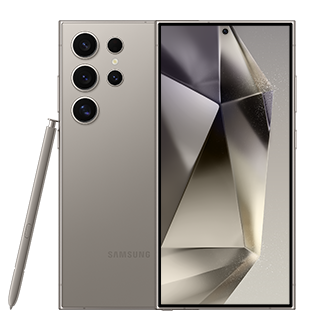
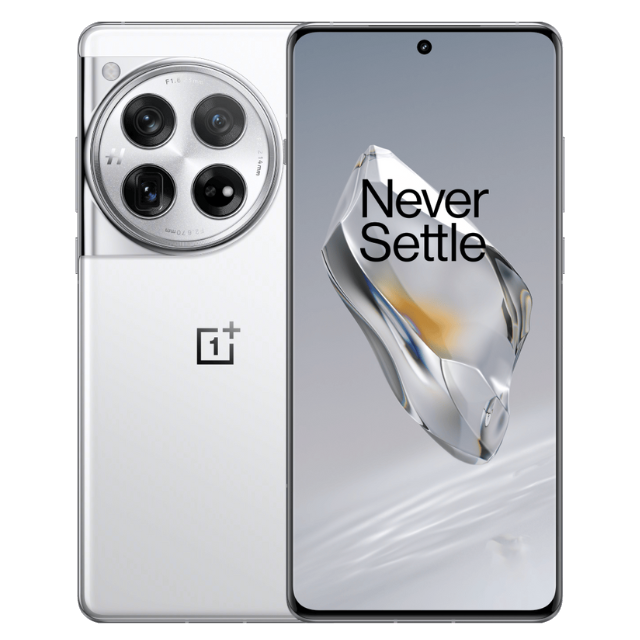


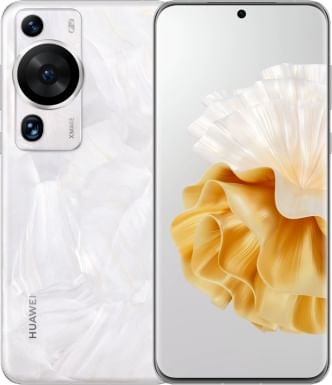
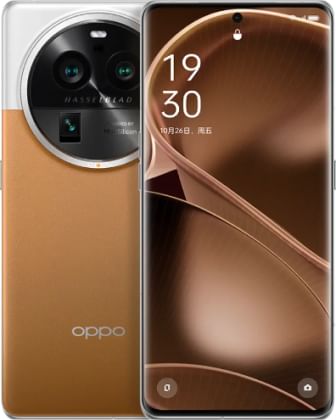
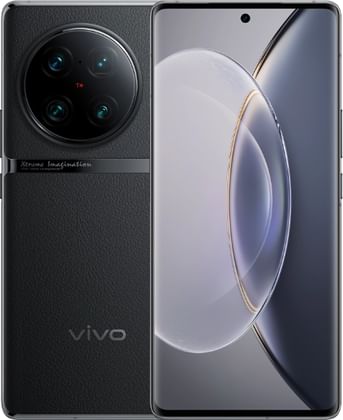








0 Reviews